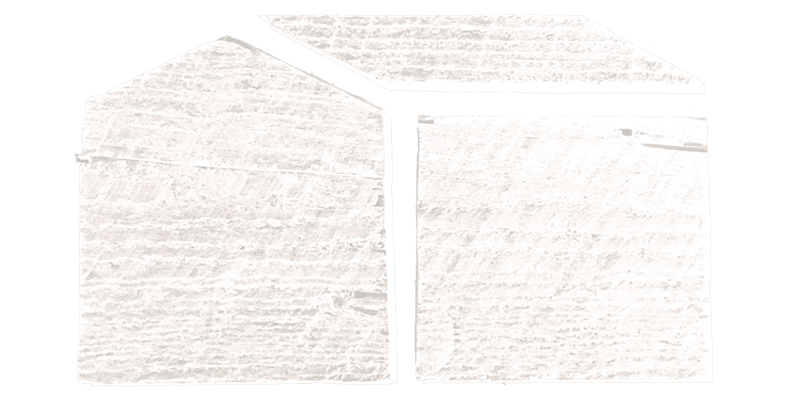A Revolutionary Space
The Gristmill of East Arlington, Vermont was built in 1764 by Remember Baker, who was first cousins with Ethan Allen & Seth Warner. The three cousins formed “The Green Mountain Boys.” They were the leaders of the Revolutionary War in Vermont, and THE MILL served as a meeting place for them. In fact, Arlington became the first capital of Vermont in 1777.
Revolutionary ideas happened here.
A Hub For Connecting and Collaborating
Southern Vermont’s rich scenery has always been an inspiration and comfort to artists, musicians, & writers - but the 1930’s-1950’s was a particularly exciting era for Arlington as an artists’ colony. Norman Rockwell, John Atherton, George Hughes, Gene Pelham, and Mead Schaeffer’s illustrations graced the covers of every major magazine, cementing the vision and possibility of “The American Dream”, while cartoonists Don Trachte and Vic Donahue kept the crowds roaring with their hilarious cartoons. There was a close bond among these renowned artists. They were friends, neighbors, peers – and often served as live-models for one another.
The artists who embodied our country’s vision for hope & freedom connected here.
Photo taken at the Arlington Community House at the 1955 Street Fair. (On stage from left to right): Frank Hall (M.C. of the event) George Hughes (barely visible), Norman Rockwell, Vic Donahue, and Don Trachte. Photo is from the Collection of Don Trachte, Jr.
REFINED AND RE-DEFINED
Not unlike The Green Mountain Boys and The Arlington Artists of the 1940’s, we live in an era of rapid change. New England was the birthplace of American democracy, and the Arlington Artists of the mid-20th century captured our country’s ideals in simple, every day pictures.
It is our turn to update that vision and create new opportunities for future generations. It is key to articulate the importance of our history, while embracing innovation.
Housed in Remember Baker’s original gristmill and surrounding buildings, THE MILL is an historic campus created to support these ideals with a focus on connectivity, creativity, innovation, and collaboration (on both the individual and organizational levels). At THE MILL, history, the humanities, the arts, education, and community all intersect.
The building’s original purpose was to refine wheat into coarse grain (grist) and then into flour. THE MILL’s newest purpose is to assist young creatives in refining their talents & skills – and to allow established artists to re-define themselves by exploring new creative territory in a safe space.
Approximately 3.5 hours from both Manhattan and Boston, THE MILL is an inspiring setting for artists, writers, performers, musicians, innovators, inventors, and historians to develop new works and share their ideas. It is an ideal environment for them to build collaborations with peers and serve as mentors through youth education initiatives.
Once a meeting place for The Revolutionaries, THE MILL is now a meeting place for both young and established creatives to collaborate and develop Revolutionary ideas in the Arts and Humanities!



